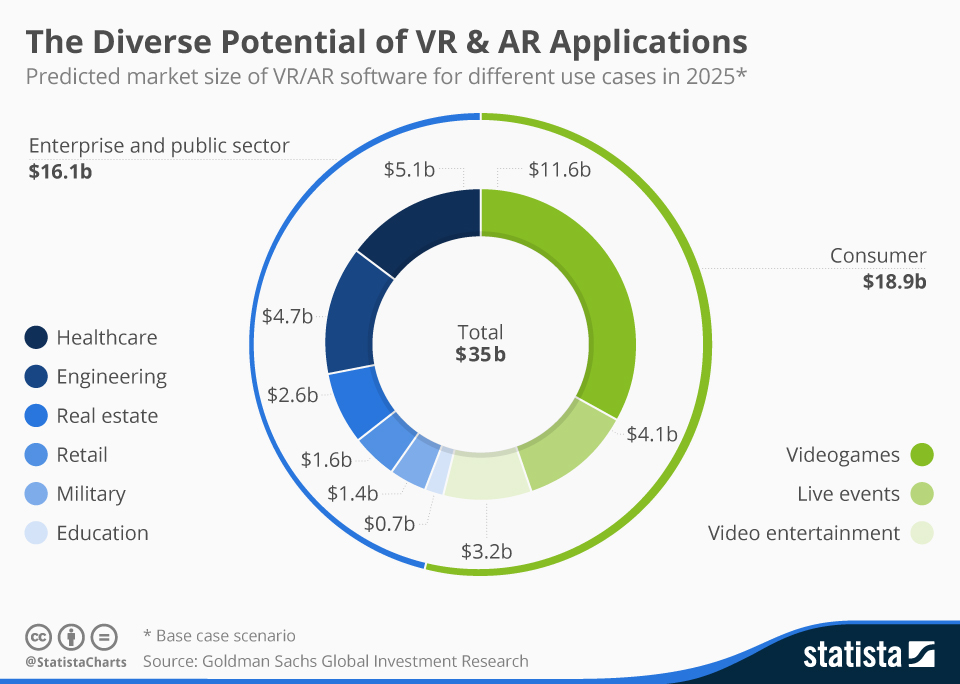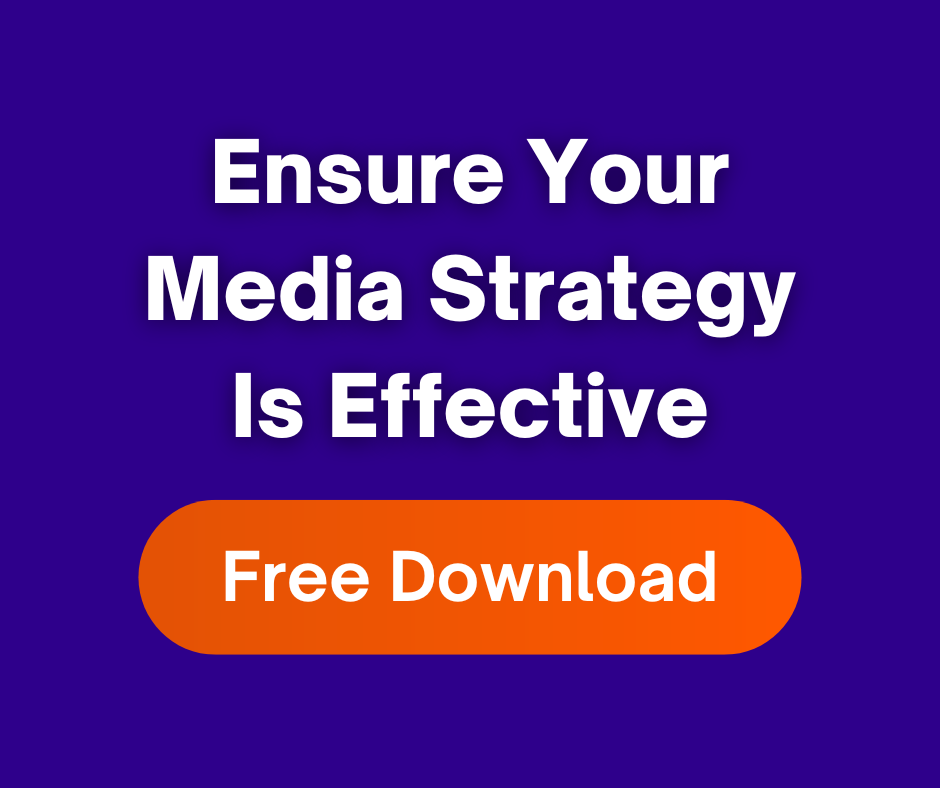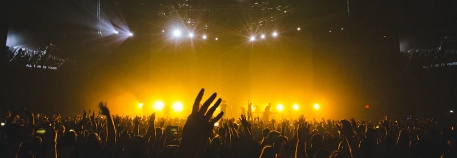With all the excitement surrounding virtual reality this year, many have asked: will the usefulness of VR outlive the novelty? Will the interest and curiosity in VR continue beyond its anticipated beginning? The answer, most statistics suggest, is yes.
In 2015, Deutsche Bank predicted that VR users worldwide will grow from just 6.5 million in 2016 to 24.4 million by 2020. Worldwide revenues for augmented and virtual reality forecast to reach $162 billion in 2020, according to IDC. And as more and more consumers begin owning and using VR technology, new uses for VR will be discovered and made popular – and this evolution will uncover new marketing opportunities.
While the concept of virtual reality has been around for decades, technology like VR headsets Oculus Rift and HTC Vive, as well as mobile VR gear like the Google Cardboard and Samsung Gear VR, have opened up the possibilities of virtual reality in 2016 – including a new world of advertising and marketing.
What is virtual reality?
Virtual reality is, according to the Merriam-Webster Dictionary, “an artificial world that consists of images and sounds created by a computer and that is affected by the actions of a person who is experiencing it.” VR completely immerses the user into this artificial world, and, in this way, is different than (but often confused with) 360 video and augmented reality. While 360 video is similar to virtual reality in appearance, it is not affected by the actions of the viewer. Augmented reality, on the other hand, places computer-generated objects into our real world. Examples of augmented reality include Snapchat filters and the hit gaming app, Pokemon Go.
Who uses virtual reality?
The obvious response here is gamers, who have long awaited this technology. But other uses include job training for more dangerous jobs (like the military), social networking, art/design, therapy (immersion/exposure therapy to treat anxiety and PTSD), and medical training. Because virtual reality is relatively new, we have yet to discover many of its possibilities, including, which demographics VR is most popular with.

However, research conducted by Touchstone Research in November of 2015 and shared on eMarketer.com shows that, while over 70% of Gen Z and Millennials express interest in virtual reality, Gen X and Baby Boomers follow closely behind with 70% and 64% showing interest respectively. The uses of virtual reality are many and will span generations. (See: Greenlight VR Survey Reveals Generation Z will Play Pivotal Role in Virtual Reality Adoption in 2016.)
How accessible is virtual reality?
The desktop VR headsets like Oculus Rift and HTC Vive cost between $400 and $800, while the mobile gear (operated using a mobile device) such as the Google Cardboard or the Samsung Gear VR can cost between $10 and $100. The New York Times has also sent Google Cardboard devices to its subscribers for free, to promote the New York Times VR app. 2016 marks the first year that affordable virtual reality technology is available to the public.
What virtual reality advertising is available today?
VR advertisements are available in the form of 5-30 second videos during natural breaks in games such as between levels or while the app loads. However, more often, VR marketing content is sponsored, sought-out content. For example, Marriott introduced their program VRoom Service in select properties, allowing guests to have VR headsets delivered to their rooms and, Michael Dail – VP Global Brand Marketing for Marriott – says, “immerse themselves in other travelers’ real, personal experiences.” (See: Marriott’s Virtual Reality Transports Guests ‘Around the World’)
Absolut launched a VR app that allows consumers to live-stream concerts, promoting their brand as well as the party lifestyle Absolut represents. Musicians are using the technology in their music videos (See: 13 Music Artists Experimenting With VR Video). These marketing efforts, though not typical :15 or :30 second advertisements, open the doors to more creative advertising opportunities through virtual reality.
What does the future hold for virtual reality?
Virtual reality advertising, if uninteresting and forced, could appear obnoxious or intrusive to the consumer. Creative, fun advertisements have the potential to get consumers excited about a product. Virtual reality is, after all, the most engaging medium available thus far. This is a chance for advertisers to connect and engage with consumers through memorable and impactful ads in a medium that demands undivided attention. We are excited to try new opportunities as Virtual Reality evolves.




